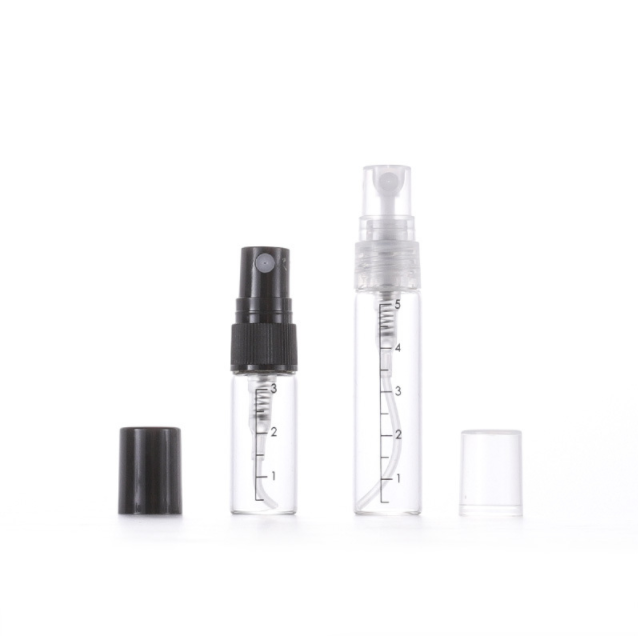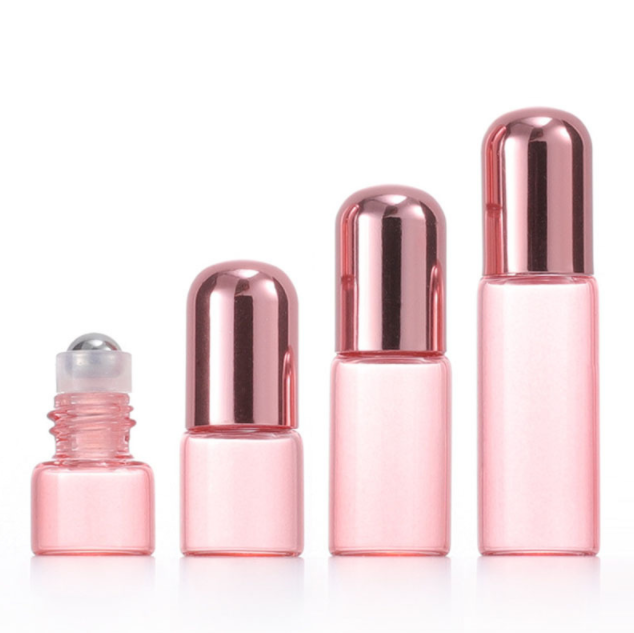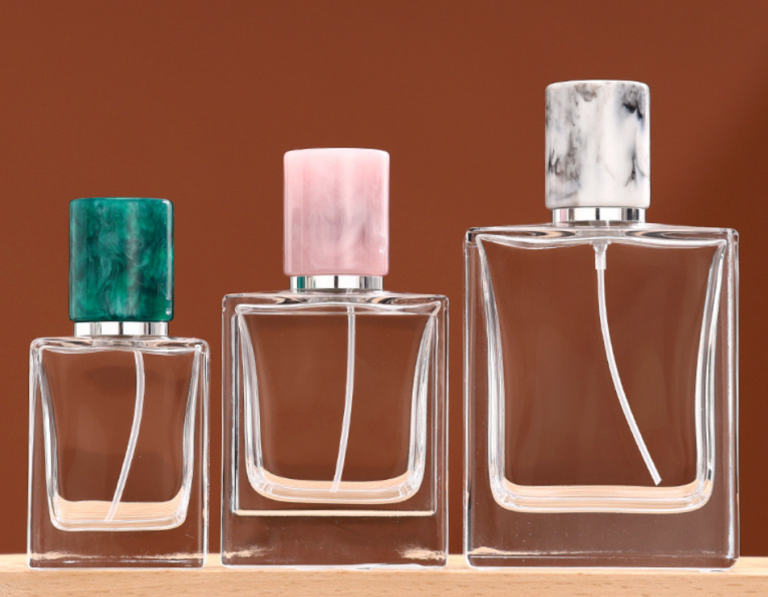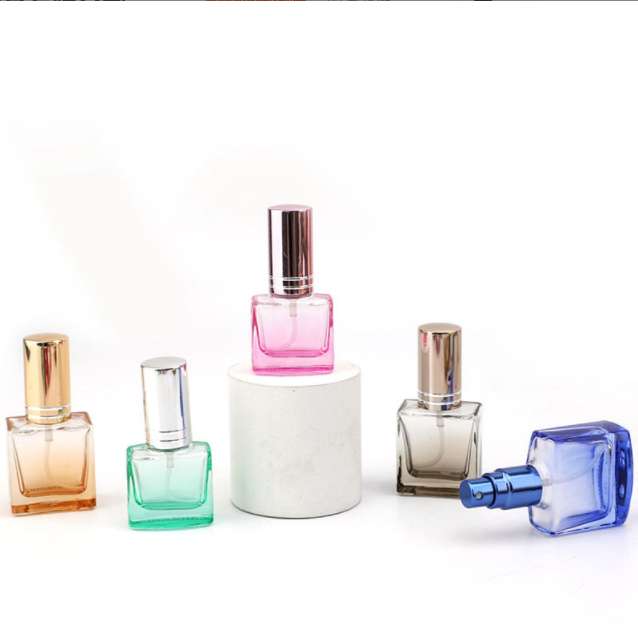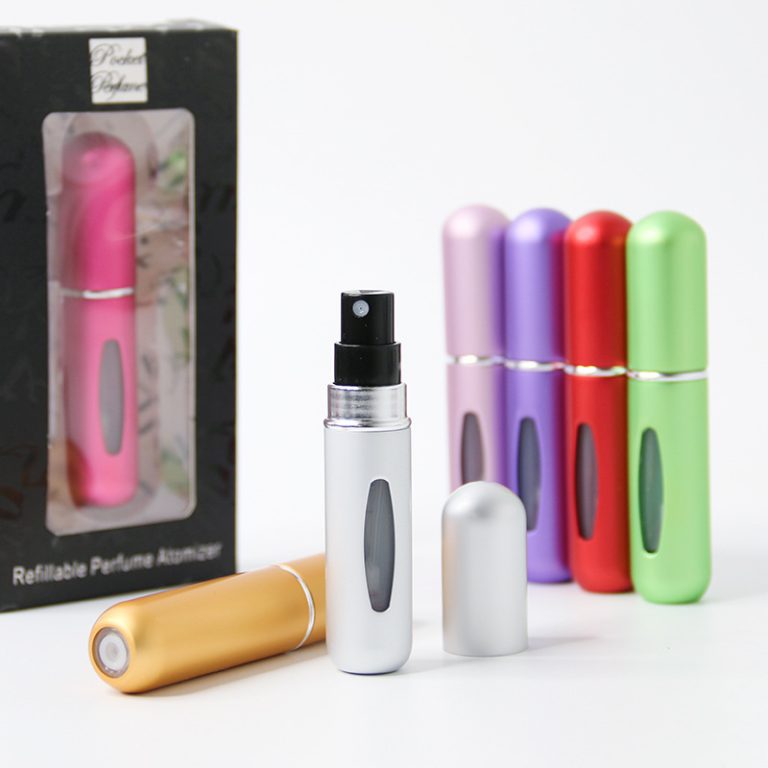Ce este imprimarea cu mătase pe sticlă
Silk printing on glass bottles, also known as screen printing or silk screen printing, is a method of applying designs, logos, or labels onto glass surfaces. It’s a popular technique for customizing glass containers like bottles and jars for various purposes, such as branding, marketing, or personalization. Here’s how silk printing on glass bottles typically works:
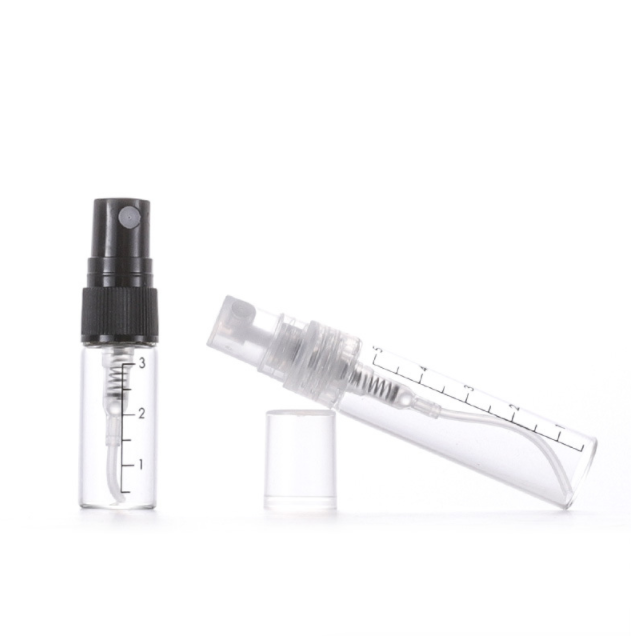
1. **Design Preparation:** The process begins with creating or preparing the artwork or design that you want to print on the glass bottles. This design is usually created in digital format and needs to be converted into a stencil or screen for printing.
2. **Screen Preparation:** A fine mesh screen, traditionally made of silk (hence the name silk screen printing), but now often made of synthetic materials like nylon or polyester, is stretched tightly over a frame. The design is then transferred onto this screen, blocking out areas where ink should not pass through.
3. **Ink Selection:** Specific inks are chosen based on the desired colors and the type of glass being printed. Specialized glass ink is used because it adheres well to glass surfaces and is resistant to fading, scratching, and washing.
4. **Printing:** The glass bottles are placed on a flat surface or secured in a jig to ensure they remain stationary during printing. The prepared screen is then placed over the bottle’s surface, and ink is applied to the screen’s top edge. A squeegee is used to pull the ink across the screen, forcing it through the open areas of the stencil and onto the glass surface below. This process is repeated for each color in the design, with each color requiring a separate screen.
5. **Drying and Curing:** After each color is applied, the bottles are typically air-dried or passed through a drying/curing process, which may involve heat or ultraviolet (UV) curing lamps. This ensures that the ink adheres well and sets properly on the glass.
6. **Inspection and Quality Control:** Once the printing and drying/curing processes are complete, the bottles are inspected for any imperfections or inconsistencies in the printed design. Any issues are typically addressed before the bottles are packaged for shipment or distribution.
Silk printing on glass bottles offers several advantages, including the ability to create vibrant and durable designs, even on curved surfaces. It is commonly used in the beverage industry for labeling glass bottles containing products like wine, spirits, and craft beer. Additionally, it is used for branding and promotional purposes for various other products that come in glass containers, such as cosmetics, perfumes, and food items.

